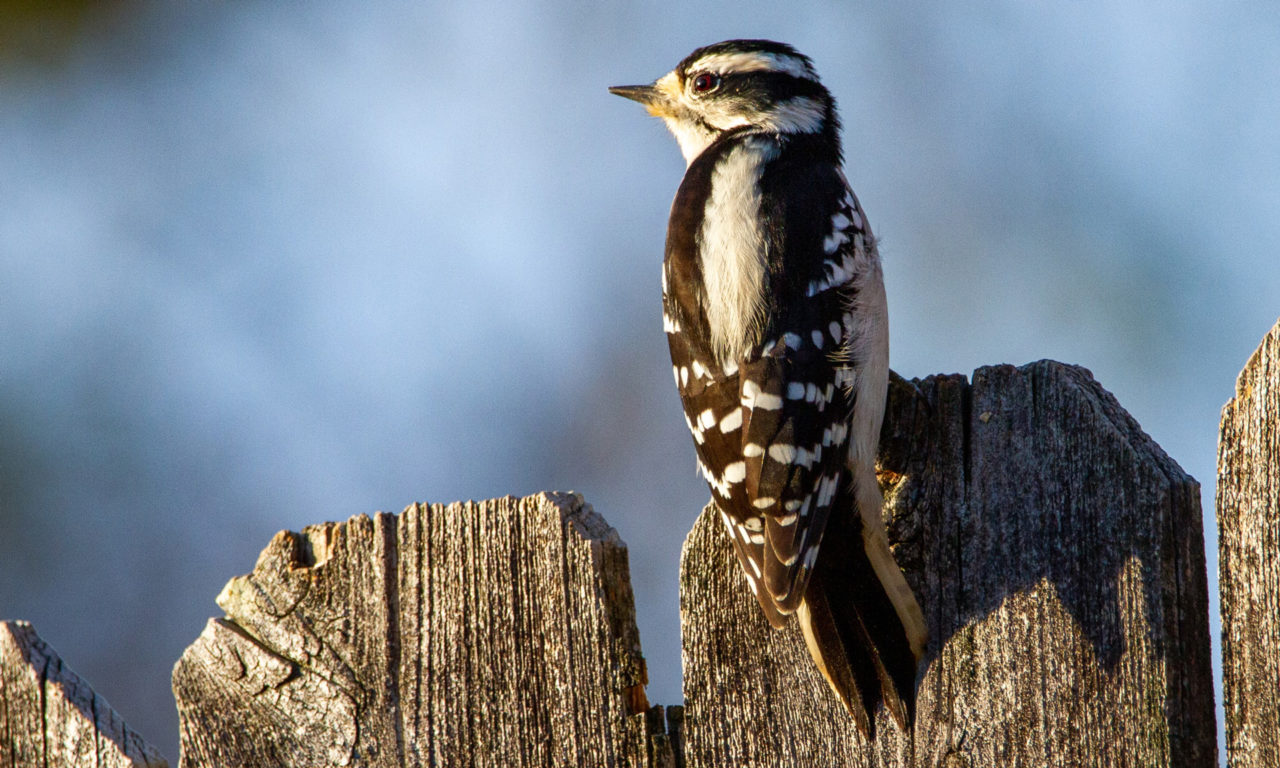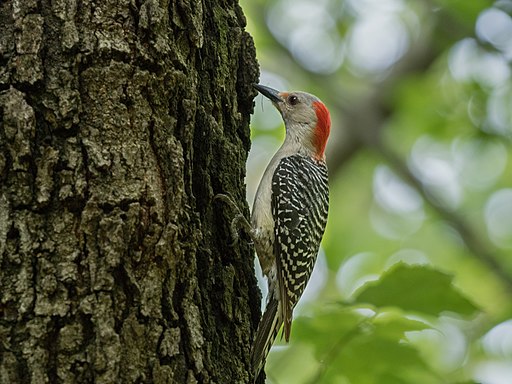Checking Out Woodpeckers in Florida Habitats: Where to Spot These Birds
Checking Out Woodpeckers in Florida Habitats: Where to Spot These Birds
Blog Article
Woodpeckers Unleashed: Exploring the Marvels of These Competent Tree Mountain Climbers
Woodpeckers, with their unique markings and balanced drumming resembling via wooded locations, hold an unique place in the avian globe - Woodpeckers in Florida. As we dive right into the elaborate details of woodpeckers' nesting practices, feeding methods, and the recurring preservation initiatives to protect these exceptional birds, a deeper admiration for their location in nature unfolds.
Makeup and Adaptations
When analyzing the composition and adjustments of woodpeckers, one can observe remarkable attributes that make it possible for these birds to flourish in their specialized environmental specific niche. Woodpeckers are equipped with a collection of special physiological attributes that aid them in their woodpecking actions. One of one of the most noticeable features is their solid, chisel-like beak, which is specialized for boring into wood to discover bugs or create nesting tooth cavities. This beak is supported by strong neck muscles and an extremely developed head structure that works as a shock absorber, permitting woodpeckers to repetitively peck at trees without triggering mind injury. In addition, woodpeckers have zygodactyl feet, with 2 toes encountering onward and two facing in reverse, supplying a firm hold on tree trunks while they browse for food or drum for communication.
Moreover, woodpeckers have a distinct tongue framework that is long, barbed, and sticky, allowing them to extract insects from crevices in wood. This specialized adaptation enables woodpeckers to make use of a food source that is hard to reach to lots of other bird species. In general, the makeup and adjustments of woodpeckers showcase the impressive evolutionary services that have allowed these birds to thrive in their arboreal environment.
Drumming Actions
Having actually discovered the composition and adaptations of woodpeckers, the focus currently shifts to understanding their drumming actions, a distinctive element of their interaction and territorial display screens. Drumming is an important kind of interaction amongst woodpeckers, serving several functions such as establishing territories, bring in companions, and signaling alarm system. Each woodpecker varieties has a distinct drumming pattern that helps individuals identify members of their own species and identify them from rivals or predators.
Woodpeckers create drumming audios by rapidly pecking on resonant surface areas such as dead trees, utility posts, or even steel objects, producing a collection of rhythmic beats. The intensity and speed of drumming can differ based on the function; as an example, a fast drumming sequence may represent aggression in the direction of trespassers, while a slower and softer drumming pattern can show courtship (Woodpeckers in Florida). Furthermore, woodpeckers might readjust the regularity and duration of their drumming to convey specific messages properly
Nesting Habits
Exploring the nesting habits of woodpeckers discloses fascinating understandings right into their reproductive habits and environment choices. Woodpeckers are known for their distinct nesting preferences, typically excavating tooth cavities in trees to create sheltered rooms for increasing their young. These tooth cavities serve not only as a nesting website however also as a safe click this and secure refuge from killers and severe weather condition.
Woodpeckers exhibit a high level of fidelity to their nesting websites, frequently returning to the same place time after time. This habits highlights the relevance of suitable habitat schedule for their reproductive success. The selection of a nesting site is critical for woodpeckers, with aspects such as tree species, height, and decay stage playing significant functions in their decision-making process.
Interestingly, some woodpecker species are understood to dig deep into numerous tooth cavities within their area, providing themselves with alternative nesting choices. This method may serve as a form of insurance versus possible threats or disruptions to their key nesting website.

Feeding Methods
One of the most distinctive feeding habits of woodpeckers is drumming, which involves fast pecking on trees to discover insects moved here underneath the bark. Woodpeckers are likewise known to dig deep into cavities in trees to accessibility hidden insect larvae or sap. Some varieties, like the acorn woodpecker, store nuts in specially developed openings called granaries.
Preservation Efforts
Amidst the elaborate feeding strategies exhibited by woodpeckers, the preservation initiatives intended at protecting these remarkable birds visit our website play a critical role in preserving their environments and populations. Woodpeckers deal with numerous dangers to their survival, including environment loss as a result of logging, environment modification modifying their environments, and collisions with synthetic frameworks such as structures and cars - Woodpeckers in Florida. Preservationists are actively working to deal with these challenges and ensure the long-term wellness of woodpecker types

Education and public recognition campaigns are also vital components of woodpecker preservation initiatives. By elevating awareness concerning the significance of these birds in keeping healthy forest communities, guardians can garner assistance for habitat conservation initiatives and advertise responsible land monitoring methods. With joint efforts in between scientists, policymakers, and local communities, we can interact to secure a future where woodpeckers prosper in their all-natural habitats.
Final Thought

Report this page